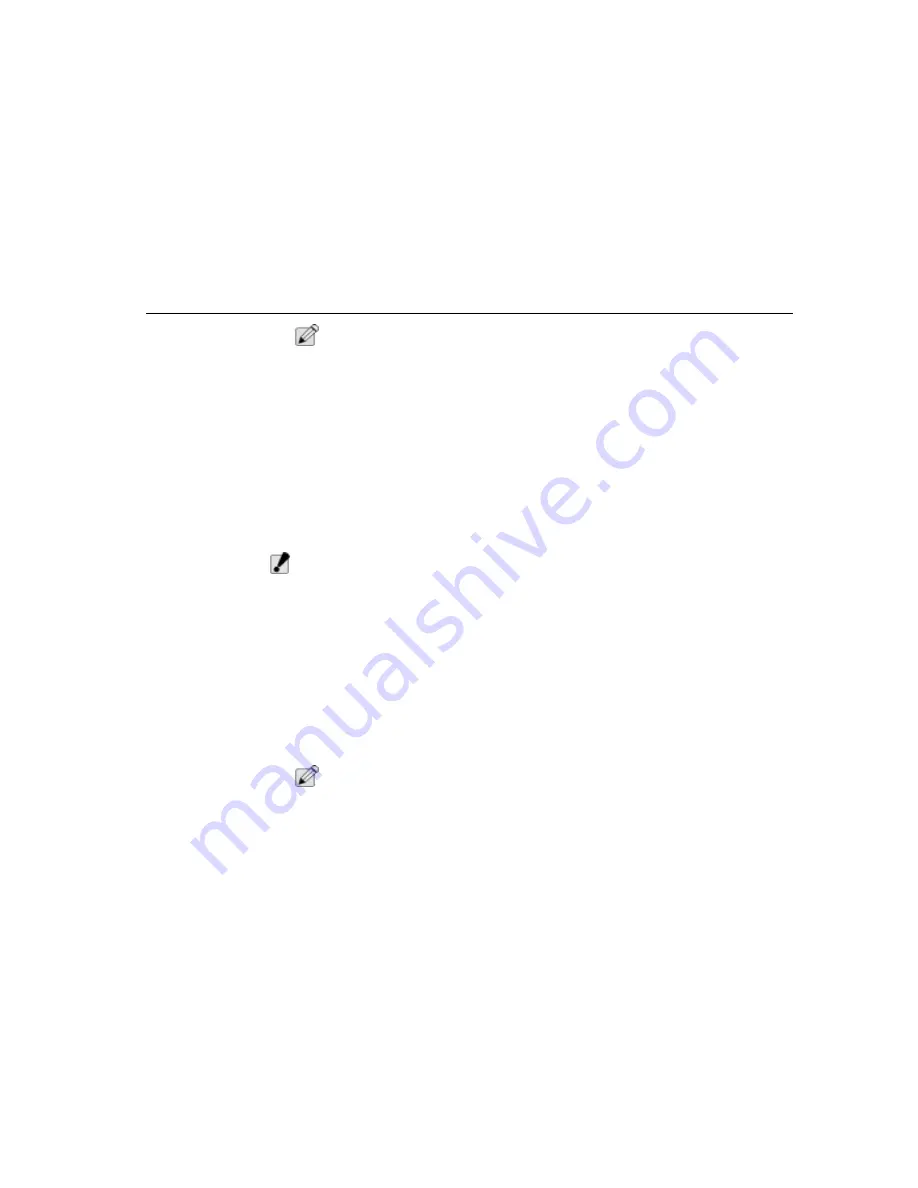
PartitionMagic
Chapter Seven - Software Utilities
107
N
OTE
:
The partition will be assigned drive F: after reboot. Additionally, an extended
partition will automatically be created to enclose the logical partition.
3. Apply the changes to your system.
Deleting Partitions
The Delete operation deletes a partition and destroys all its data. To ensure that
you do not accidentally delete a partition, you must first type the volume label. If
you did not assign a volume label when you created the partition, you must type
NO NAME to confirm the deletion.
To delete an extended partition, you must first delete all logical partitions within
the extended partition.
Deleting a partition can make your drive letters change, causing applications not
to run because application shortcuts, initialization files, and registry entries refer to
incorrect drives.
W
ARNING
:
Performing the following procedure will destroy all data on the selected
partition and may change drive letter assignments. See “How the OS
Assigns Drive Letters” and “Problems Caused by Drive Letter Changes” in
Basic Concepts in Help.
To delete a partition:
1. From the Disk drop-down list (located on the toolbar), select the disk with the
partition you wish to delete.
2. On the partition map or in the partition list, select the partition you want to
delete.
3. On the toolbar, click the Delete button (X). The Delete Partition dialog
appears.
4. Type the volume label to confirm the deletion.
N
OTE
:
The Delete Partition dialog displays the current volume label. In the volume shown
above the label is DATA.
5. Click OK.
Summary of Contents for TransPort NX
Page 10: ...10 ...
Page 18: ...18 ...
Page 42: ...42 ...
Page 52: ...52 ...
Page 60: ...60 ...
Page 128: ...128 ...
Page 134: ...134 ...
Page 150: ...150 ...
Page 152: ...152 ...
Page 156: ...156 ...
Page 170: ...Index 170 Z Zoomed Video 29 ZV 29 Zoomed Video Port 158 ZV Port 164 ZV Port 158 ...
















































